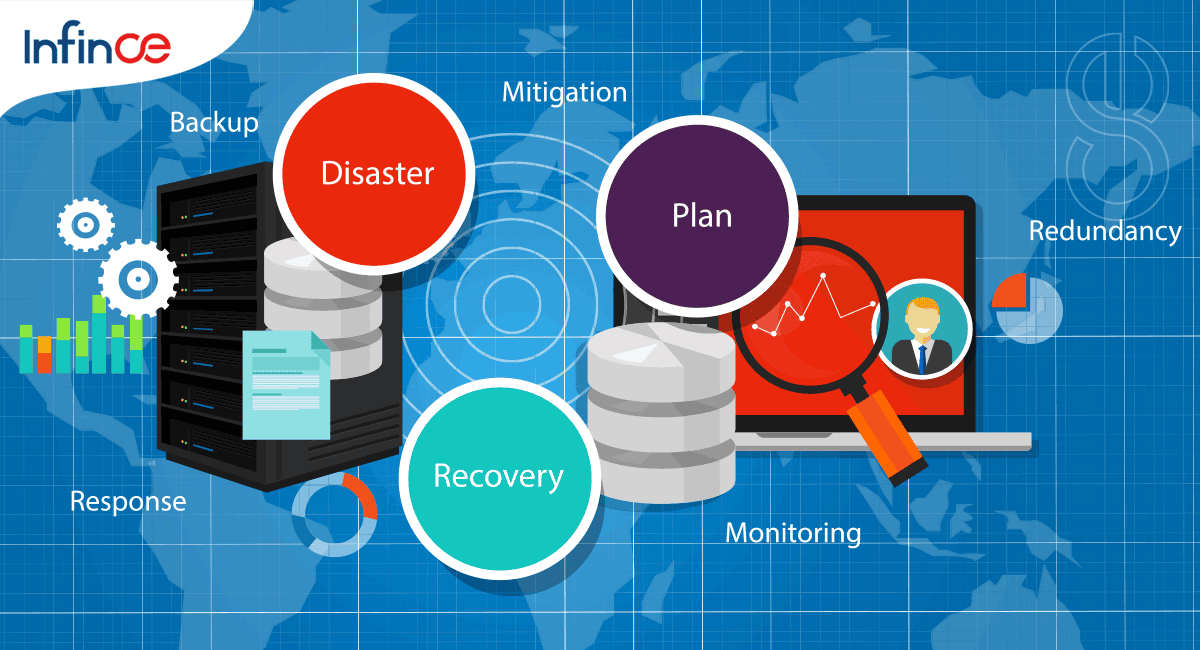Tips For SMBs To Boost Growth With Increased Employee Engagement
Employee engagement is today considered to be the responsibility of an organization as a whole. Earlier, it was merely seen as a focus area of the HR department and several small companies did not have a clear vision about employee engagement and how it can impact their growth. All they did was organize a few monthly fun activities in the office and expected employees to be motivated on their own to return to work every day from their homes. But times have changed and studies have shown that teams with greater engagement levels show profitability levels 21% higher than the rest.
Your small business, irrespective of the domain in which you operate, should include workforce engagement as one of the key pillars of growth. Only when your employees show dedication and passion to contribute to building valuable experiences for your customers, will your business achieve desired levels of growth. If you are still wondering how, here are 5 ways in which employee engagement can instill more growth for your small business enterprise:
Related Reading: 5 Digital Capabilities Every Small Business Needs To Invest In 2020
1. Better Research
As a start-up or small business, every aspect of your operation is critical. People handling each department needs to be aware of the fundamental rules in building great customer experiences through their individual focus areas.
In a small business, there may not be many avenues where employees can be offered training sessions on improving and incorporating best practices in their individual roles. They need to take up research and learning exercises to improve their competence on their own. To do so, they need motivation and this is exactly what employee engagement initiatives can bring to the table. When employees are engaged, they will feel energized to try out new innovations in their field of operation. They will research it, find out best practices and seamlessly drive value from implementing the practice in their daily routine.
2. Ownership and Responsibility
Startups and smaller businesses often face the challenge of meeting bigger expectations with fewer resources. As such, the workforce in such scenarios will have to be autonomous to a great extent. They need to make decisions on assigned tasks with authority and in most cases without supervisory monitoring. For this to happen, employees need to be empowered enough to take ownership of the tasks assigned to them.
Each component of your business should be run by the respective employee as if it were their own business unit. Such a high level of commitment and sense of ownership comes only if people are recognized and engaged at work. When they have seamless work experience along with the right enablers to help finish their jobs faster and with more efficiency, employees will demonstrate ownership of their activities at a bigger scale. This will positively influence the way customer service is delivered through your business channels leading to better revenue potential in the long run.
Related Reading: Top Technology Challenges Faced By Small Businesses
3. Talent Retention
Studies show that in the United States alone, the cost of losing an employee is above 15,000 dollars. This is the turnover cost incurred for replacing them with a similarly skilled worker. As a small business owner, hiring and retaining the right talent is often a tricky perspective considering the fact that the options available for a potential candidate are numerous. If you have found a good talent, then it is best to retain them and use their skills to nurture your business. Here is where employee engagement can add to the retention experience.
By enabling a comfortable working environment with autonomous decision-making freedom, you can empower workers to explore their talents in all possible ways. Benefits such as healthy work-life balance, recognition of work done and seamless career progression options can improve engagement levels of employees. This will, in turn, make them stay with you for a longer period thereby saving you from bearing a huge talent replacement cost in the long run.
4. Boost Profitability through Increase in Productivity
When employees are engaged, they perform better and with more efficiency leading to higher results and productivity levels in the organization. Global consulting firm Wyatt Watson reports that companies that paid attention to employee engagement initiatives were able to generate 26% higher revenue per employee.
This increase in productivity will reflect in your business growth as well. When more value can be contributed by each employee, the overall profitability of the business scales up. This is a win-win situation for everyone.
5. Improved Collaboration
In every workspace, irrespective of the team size, one of the biggest drivers of growth is team bonding. “Unity is Strength” is a motto that every business must incorporate in its work culture. By bringing on-board powerful employee engagement platforms that enable seamless collaboration between your employees, small business players can drive better results through teamwork. Modern technology solutions like Infince enable team members working from anywhere in the world to organize meetings, share files, work on a project together over virtual workspaces thereby enabling faster fulfillment of customer service.
When everyone in the team is engaged, they will be willing to help each other with individual tasks and go the extra mile to support colleagues who may be facing challenges. This generous effort of teamwork will reflect positively in the brand value your small business propagates to the outside world.
Related Reading: 5 Tips To Foster Team Collaboration In A Small Business Environment
Workplace engagement is a key driver of growth in today’s highly competitive market for small businesses. Entrepreneurs need to have a dedicated vision to improve engagement levels within the company and enable a better working environment for each employee. Here is where cloud-based platforms like Infince can be the game-changer for your organization.
From creating powerful intranets that enable enterprise-wide communication and collaboration to file sharing, Infince can help drive an engaging culture in your organization. Get in touch with us to explore how to keep your employees happy, engaged and motivated to come back to work every day.















































